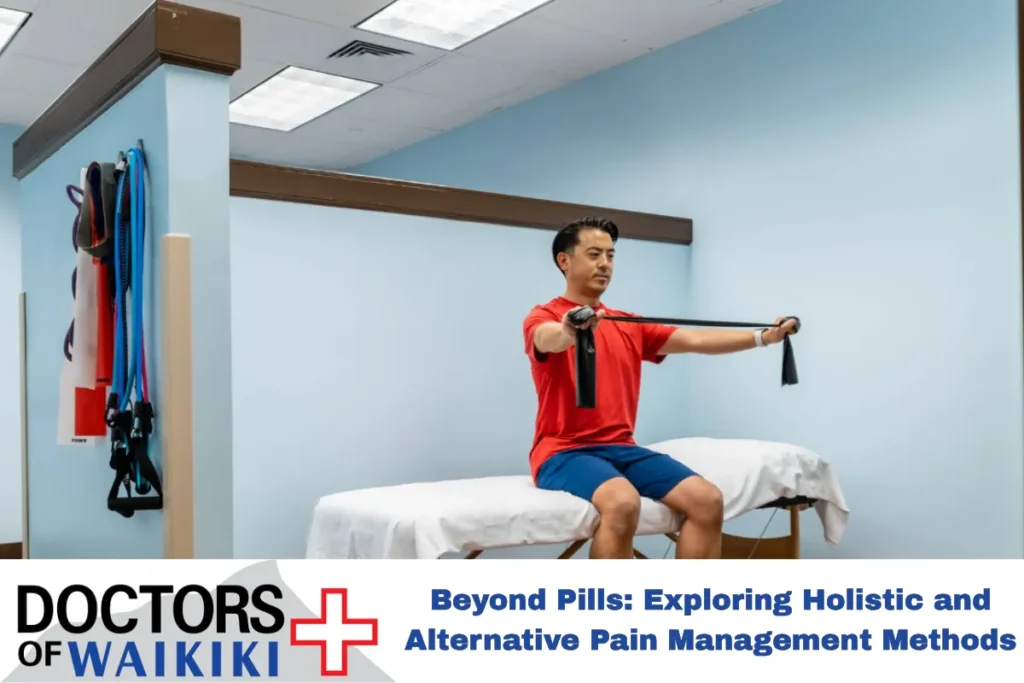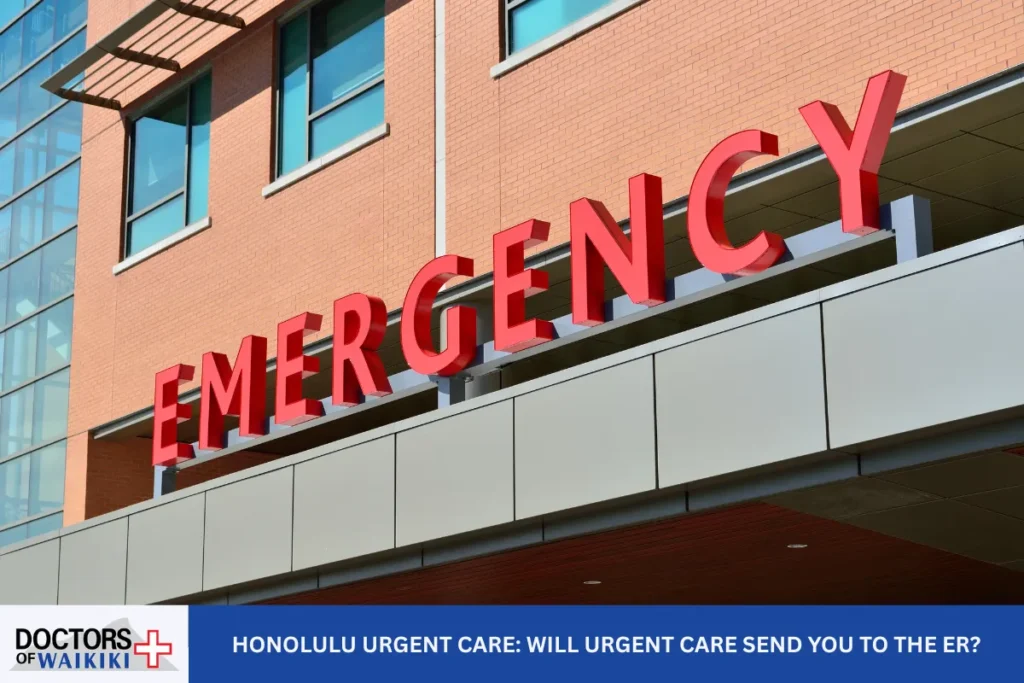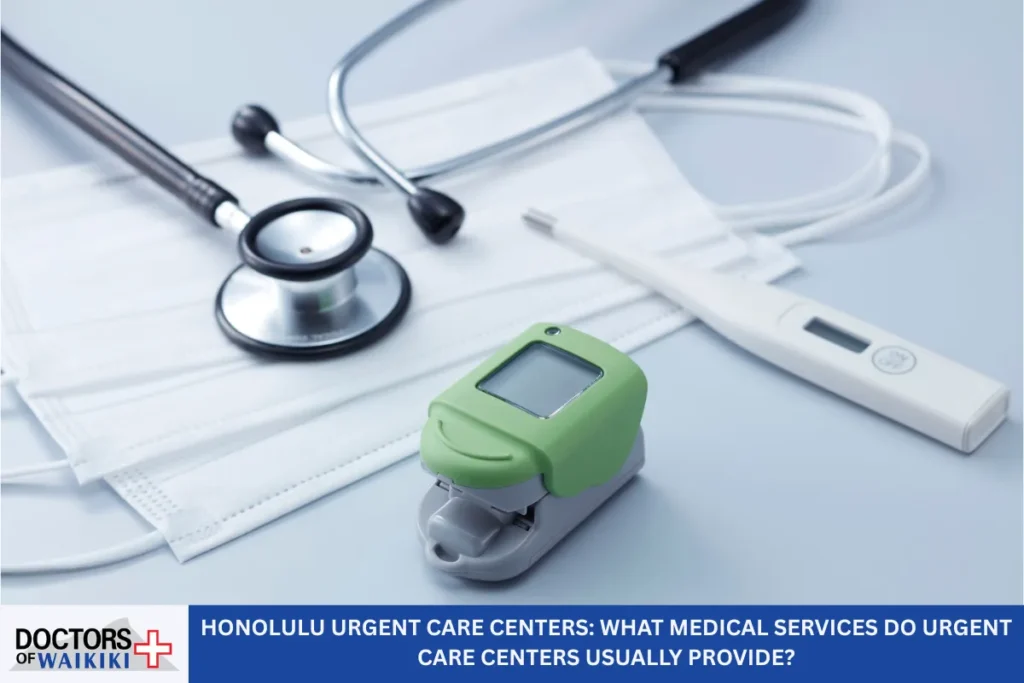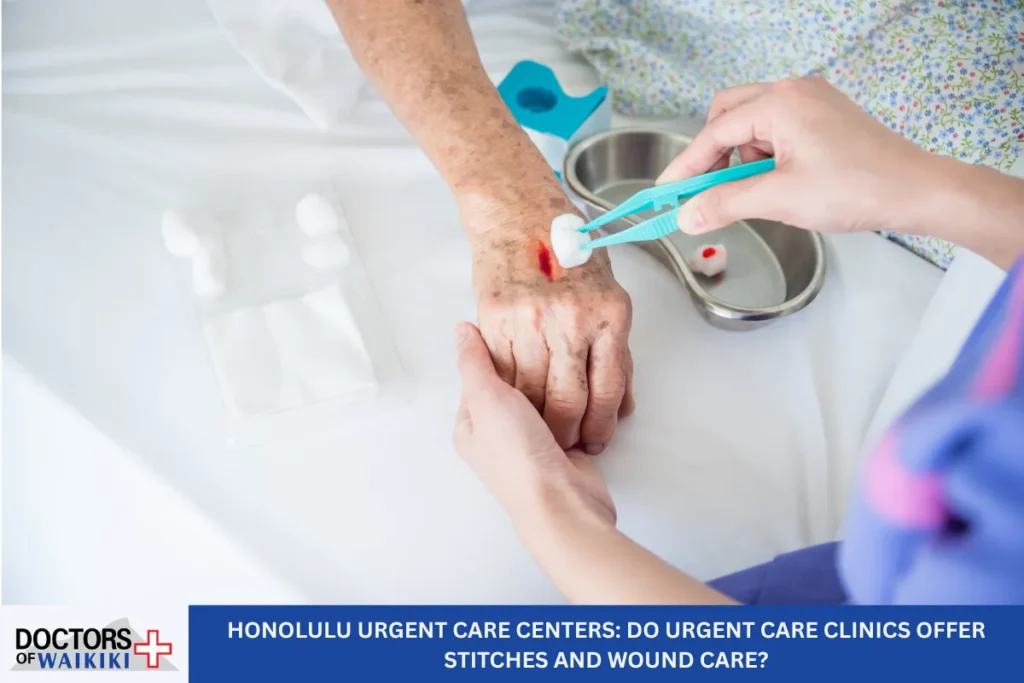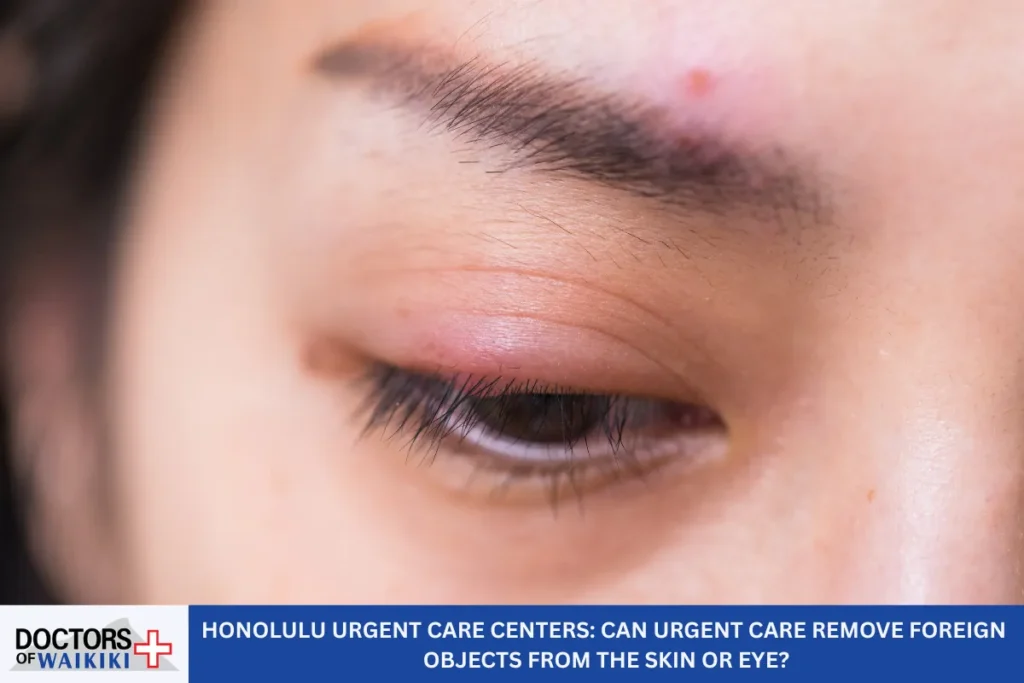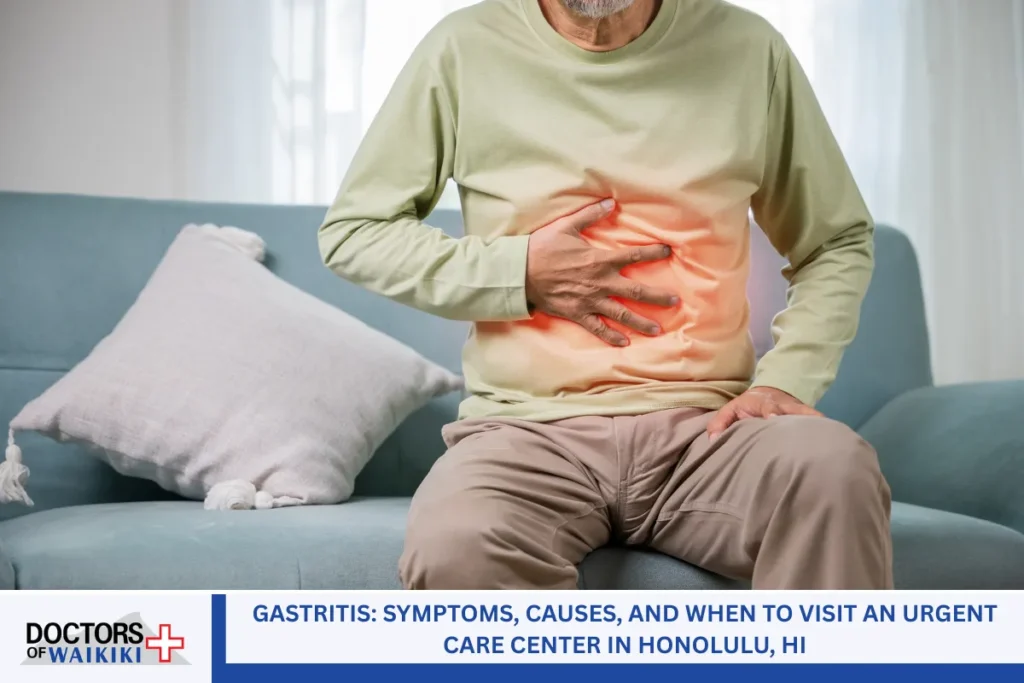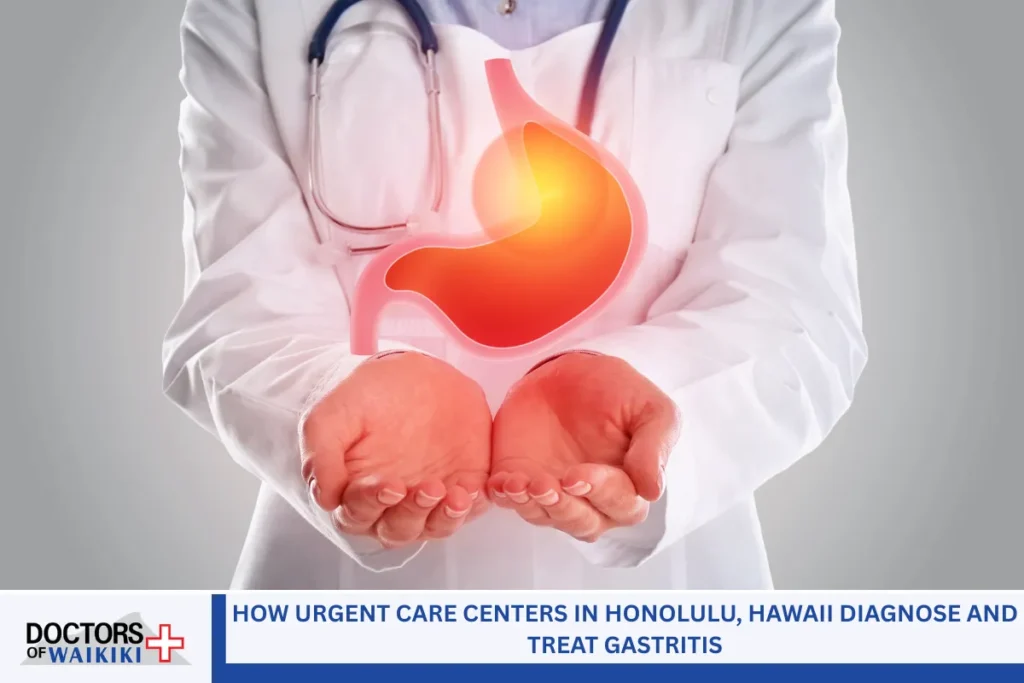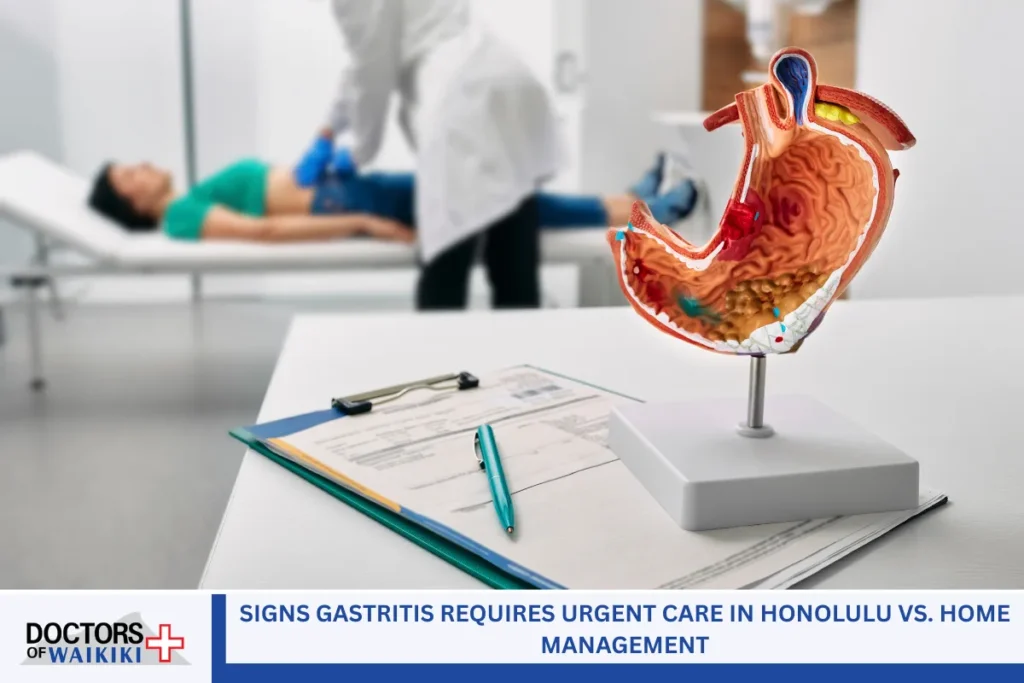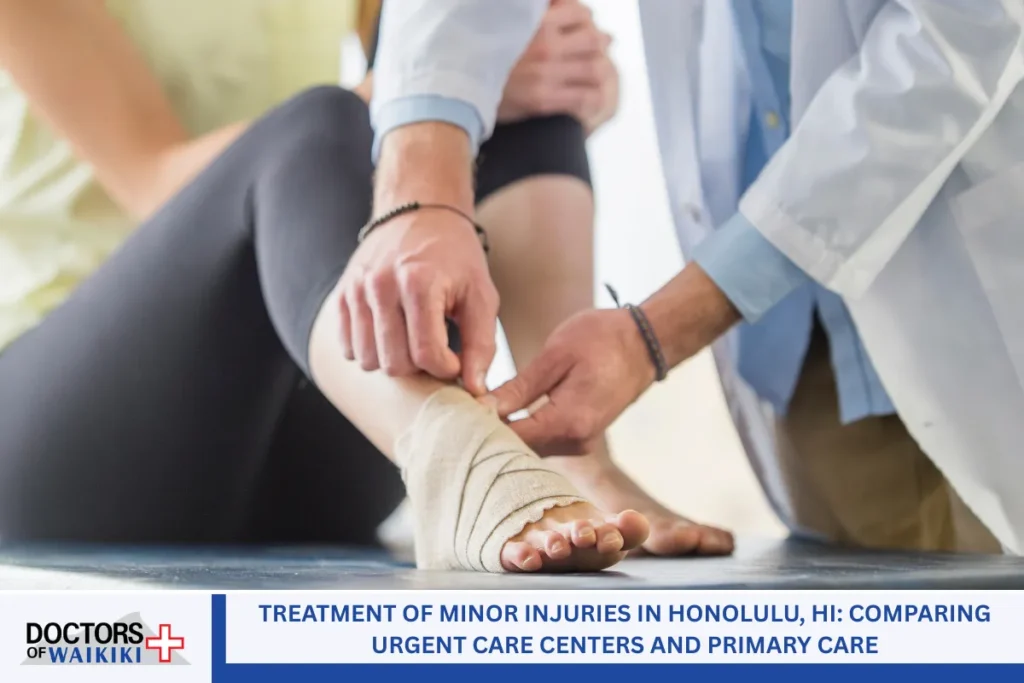
Understanding How Pain Works (The Big Picture)
First, it’s good to know a little bit about pain itself. Sometimes you have acute pain, which is like a sudden ouch when you bump your knee. It usually doesn’t last too long. But other times, you might have chronic pain, which sticks around for more than three months. This kind of pain can sometimes be linked to a bigger problem, but sometimes it’s just there, making life tricky.
Our bodies send signals to our brains when something hurts. It’s like a little alarm system. But feeling pain isn’t just about what’s happening in your body. How you’re feeling in your mind can also make a big difference. If you’re stressed or worried, the pain can actually feel worse. It’s all connected! That’s why looking at the whole picture is so important for pain relief. It’s not just about getting rid of the ouch, but also about feeling better in general.
Why Try Other Ways Besides Pills?
So, why should we think about holistic and alternative pain management? Well, sometimes medications can have side effects that aren’t very nice. Also, they might just cover up the problem without really fixing what’s causing the pain in the first place.
The great thing about these other methods is that they often have fewer side effects. They also try to find the root cause of your pain and help your body heal in a more natural way. Plus, many of these approaches help you feel more in control of your own health, which can be really empowering. They look at how your mind and body work together to affect how you feel.
Amazing Ways to Help Manage Pain Naturally
Now, let’s get to the exciting part – the different ways you can try to ease your pain without always needing pills! There are so many interesting things to explore:
Mind-Body Helpers
These are all about connecting your thoughts and feelings with your body to help you feel better.
- Mindfulness Meditation: This is like training your brain to focus on the here and now. It can help you notice your pain without letting it take over your thoughts.
- Yoga and Gentle Stretches: Moving your body in gentle ways can make you more flexible and stronger, which can really help with things like back pain and stiff joints.
- Tai Chi and Qigong: These are like slow, graceful exercises that can improve your balance and help ease pain, especially if you have low back pain or arthritis.
- Biofeedback: This is a clever way to learn about what’s going on inside your body, like how tense your muscles are. Then you can learn how to relax them.
- Relaxation Techniques: Things like deep breathing and imagining peaceful scenes can calm your mind and help reduce pain.
- Talking About Your Feelings (CBT): Sometimes, our thoughts and feelings can make pain feel worse. A special kind of talking therapy called Cognitive Behavioural Therapy (CBT) can help you change those thoughts and learn ways to cope.

Moving Your Body
Getting active is a super important part of feeling good!
- Physiotherapy (Physical Therapy): A physical therapist can create a special exercise plan just for you to help you move better and feel less pain. They might use things like heat, ice, and special exercises.
- Massage Therapy: Getting a massage can help relax your muscles, improve your blood flow, and make you feel less tense and sore. It can be great for back and neck pain.
- Chiropractic Care: A chiropractor focuses on making sure your spine is properly aligned. This can help with neck pain, back pain, and even headaches. If you’re looking for a pain management doctor who uses a hands-on approach, a chiropractor might be who you need. Some pain clinics have chiropractors on staff.
Working with Energy
Some methods focus on the energy in your body.
- Acupuncture: This ancient Chinese practice involves putting very thin needles into specific points on your body. Many people find it helps with back pain, headaches, and other types of chronic pain. You might find an acupuncturist at a pain control clinic or a pain management clinic.
- Energy Healing (like Reiki): This involves a practitioner gently placing their hands on or near your body to help your body heal and feel more balanced.
The Power of Plants and Food
What you put into your body can also affect how you feel!
- Herbal Remedies: Some plants and oils have properties that can help with pain. For example, lavender oil can be calming, and peppermint oil can help with headaches. It’s always a good idea to chat with a grown-up before trying new things like this.
- Healthy Eating: Eating lots of fruits, vegetables, and whole grains can help reduce inflammation in your body, which can sometimes cause pain.
Using Gentle Electrical Pulses
- TENS (Transcutaneous Electrical Nerve Stimulation): This uses a little machine to send mild electrical pulses through your skin. It can help block pain signals. You might find TENS machines at a pain management clinic.
Making Your Own Feel-Good Plan
The most important thing to remember is that what works for one person might not work for another. That’s why it’s great to create your own special plan for managing pain. Here are some steps to think about:
- Talk to a Grown-Up: Start by chatting with your parents or a doctor about the pain you’re feeling. They can help figure out what’s going on. You might see a pain management specialist or a pain management physician for this.
- Set Some Goals: Think about what you want to achieve. Do you want to feel less pain? Be able to move around more easily?
- Find Your Support Team: Talk to your family and friends about how you’re feeling. Their support can make a big difference.
- Try Different Things: Be open to trying some of the holistic and alternative methods we talked about. See what feels good and what helps you the most.
- Be Flexible: Sometimes things work, and sometimes they don’t. It’s okay to change your plan as you go.
Living Well is Part of Feeling Well
Besides trying specific therapies, making healthy choices in your everyday life can also really help with pain. This includes:
- Getting Enough Sleep: When you’re well-rested, your body is better able to cope with pain.
- Eating Nutritious Food: As we said, good food can help reduce inflammation.
- Finding Ways to Relax: Doing things you enjoy and finding ways to manage stress can make a big difference in how much pain you feel.
- Moving Your Body Regularly: Even gentle exercise can help keep your body strong and reduce pain.
Working Together for Less Pain
Remember, you don’t have to choose between pills and these other methods. Sometimes, using them together can be the best way to manage your pain and feel your best. Talk to your doctor about what you’re thinking of trying. They can help you create a plan that’s safe and right for you. Many pain management specialists are open to incorporating complementary therapies into your treatment.
Feeling Better Naturally: A Hopeful Path
So, you see, there are so many interesting ways to help your body feel better besides just taking pills! By exploring these holistic and alternative pain management methods, and by making healthy choices in your life, you can take charge of your pain and work towards feeling good again. It’s all about finding what works best for you and remembering that there’s hope for a more comfortable and happy life.

Pain Management Honolulu – Doctors of Waikiki
Suffering from persistent pain in Honolulu and looking for solutions beyond medication? At Doctors of Waikiki, we understand your desire for effective and lasting relief. Just like the sources discuss various holistic and alternative pain management methods to move beyond pills, we offer cutting-edge treatments tailored to your needs.
If you’re seeking innovative options for pain management in Honolulu, explore the potential of PRP injections and shockwave therapy at our clinic. These advanced therapies offer promising avenues for natural healing and pain reduction, aiming to address the root cause of your discomfort rather than just masking symptoms.
Don’t let pain dictate your life in paradise. Contact us today at (808) 922-2112 to learn how our dedicated team at Doctors of Waikiki can help you on your journey to a more comfortable and active life. We invite you to visit us and discover a fresh approach to pain management in the heart of Honolulu.
Frequently Asked Questions: Exploring Natural Paths to Pain Relief
What are the potential advantages of choosing holistic pain management compared to just using medication?
Opting for a holistic approach often means experiencing fewer side effects than with some medications. These methods also aim for long-term sustainability by addressing the underlying causes of your pain, rather than just providing temporary relief. This can lead to a better quality of life as you gain a greater sense of control over your health and well-being. Holistic approaches recognise the strong connection between your mind and body, addressing psychological and emotional factors that can influence pain perception. Furthermore, they often involve natural and non-invasive techniques, potentially reducing the need for drugs, particularly addictive ones like opioids.
Are holistic pain management methods generally safe? Are there any potential risks I should be aware of?
While many holistic approaches like acupuncture, meditation, and yoga have good safety records, it’s important to remember that natural doesn’t always mean risk-free. Your individual health and specific circumstances, such as pregnancy, can affect the safety of certain therapies. If you’re considering herbal remedies or supplements, be aware that some can have side effects or interact with medications. It’s always best to discuss any alternative treatments with your doctor to ensure they are safe and appropriate for you. If you’re seeing a practitioner for a therapy like spinal manipulation or massage, ensure they are qualified and experienced.
Can holistic pain management techniques be helpful for specific chronic conditions like arthritis or migraines?
Yes, research suggests that various holistic methods can help manage specific chronic pain conditions. For example, acupuncture may provide relief for arthritis, migraines, and low back pain. Yoga and Tai Chi have shown benefits for arthritis and low back pain by improving flexibility and strength. Certain herbal remedies like cayenne cream may help with low back pain. Massage therapy can also be beneficial for arthritis and low back pain by easing muscle tension. Mindfulness and relaxation techniques can be helpful for managing migraines and tension headaches. It’s worth exploring the evidence for specific therapies related to your particular condition.
How can I find qualified and trustworthy practitioners for different holistic pain management therapies?
Start by consulting your GP or other healthcare providers for recommendations. You can also ask trusted sources like nearby hospitals for referrals. When considering a practitioner, inquire about their training, qualifications, and experience, particularly in working with your specific pain condition. For therapies like acupuncture and chiropractic care, ensure the practitioner is licensed or registered with the relevant professional bodies. Many pain clinics and pain management centres may have a range of qualified practitioners on staff.
Are these alternative therapies recognised and supported by mainstream medical professionals?
Yes, complementary health approaches to pain management are becoming more accessible and widely used. While research on some alternative therapies is still limited, there is growing evidence supporting the effectiveness of methods like acupuncture, mind-body therapies (such as meditation and yoga), and physical therapy for managing chronic pain. Many healthcare providers are increasingly recognising the value of integrating holistic approaches with conventional medicine to create comprehensive pain management plans. Clinical practice guidelines from organisations like the American College of Physicians even include some complementary therapies as options for managing conditions like low back pain.
If I decide to explore holistic methods for pain relief, do I need to stop taking my current pain medications?
No, you should not stop taking your regular medications without first consulting your doctor. Holistic pain management is often used as a complementary approach alongside conventional treatments. The goal may be to gradually reduce your reliance on pain medications over time, but this should always be done under the guidance of your healthcare provider. They can help you create a safe and effective plan that integrates both types of therapies and monitors your progress.
How long might it typically take to experience noticeable results from holistic pain management therapies?
The time it takes to see results can vary depending on the specific holistic method, the type and severity of your pain, and your individual response. Some people may experience a sense of relaxation and immediate relief after a session of acupuncture or massage. However, for many therapies, such as mindfulness meditation, yoga, or physical therapy, regular and consistent practice over weeks or months is often needed to achieve cumulative benefits and gradual pain reduction. For some techniques like hypnosis, it may take multiple sessions to see significant improvements. It’s important to be patient and persistent and to communicate openly with your practitioners about your progress.
Read Honolulu Pain Management for Seniors: What Works Best for Aging Bodies?

